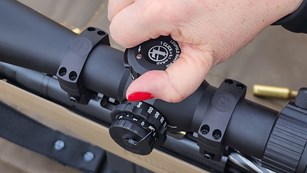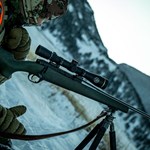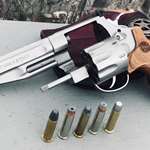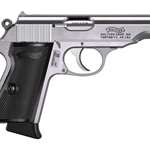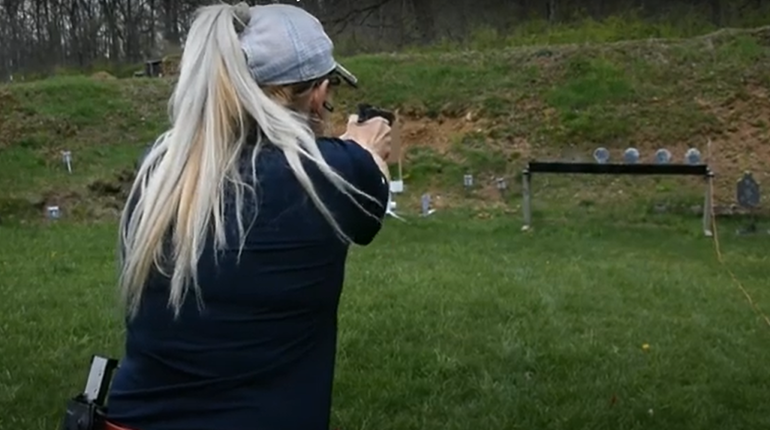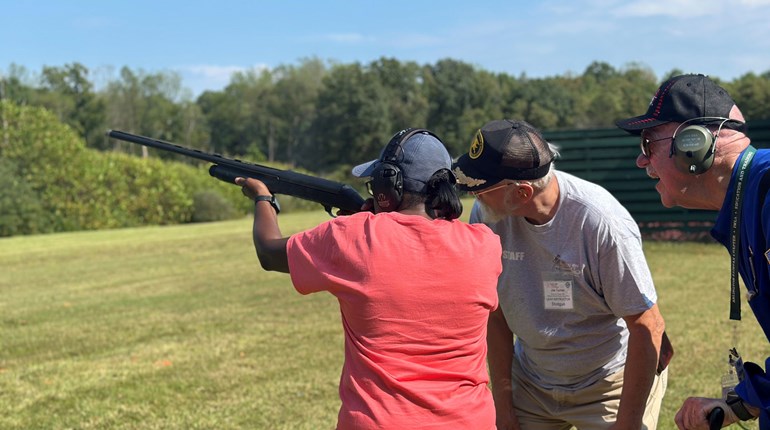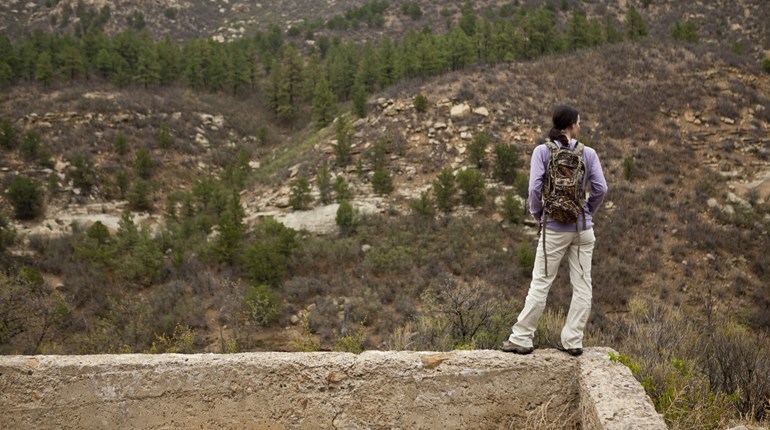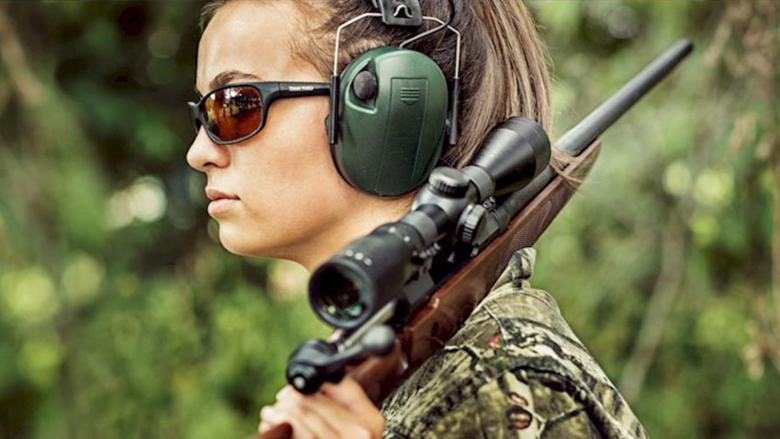
When you shoot your shotgun at a piece of paper at the range to pattern it, you’re checking for flyers in the pattern and seeing how dense the pattern is at various ranges with various chokes. But you also need to have a plan for how you want it to pattern ratio-wise.
To measure ratio, draw an aiming point on the patterning paper. Aim directly at it so that it represents your line of sight when you’ve got the gun properly mounted. Fire a shot. Unload and go downrange and see where the holes are.
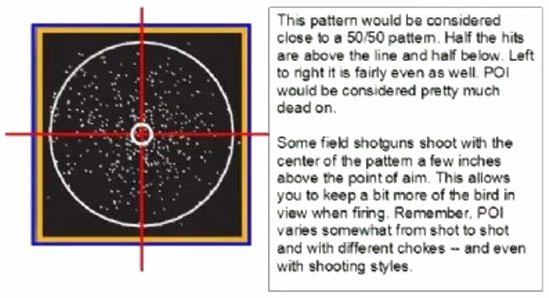
How many of the holes are above the line of sight (aiming point) and how many are below is expressed as a ratio. If they’re evenly distributed, your gun is shooting flat, or 50/50—half of the pattern above the line of sight and half below it. This sounds good, right? (image courtesy Winchester.com)
Not necessarily. It might be fine for hunting, but some hunters prefer a 60/40 ratio, where 60 percent of the pattern impacts above the line of sight. The reason is extremely simple: The higher the gun patterns, the more you can actually see the bird or target above the barrel. This makes a great deal of difference on birds that are rising as you shoot them.
Sporting clays world champion and instructor Anthony Matarese has this to say in his book, Straight Shooting: A World Champion’s Guide to Shotgunning: “I want my gun to pattern slightly high so I can see the bird above the barrel. A ‘flat’ gun forces the shooter to cover up some rising targets, and that’s never a good thing.”
For that very reason, sporting clays shooters also tend to like a 60/40 ratio, because they see a lot of targets that they’ll shoot while they’re still rising. Trap shooters often go even higher, patterning their guns to shoot 70/30, because essentially all of their targets are rising.
Chief Instructor of the National Sporting Clays Association Don Currie admits that this is personal preference for skeet and sporting clays shooters. “I personally prefer a flatter shooting gun (50/50), given the percentage of sporting clays targets that curl and transition,” he writes in his book, Gunfitting: Achieving the Ideal Fit for the Game and Clay Shot.
If your gun is shooting 50/50 and you want it to pattern slightly higher, shooting for 60/40, you’ll need to raise the comb. You can do this with shims, if your gun came with some, or by having the comb professionally adjusted. While you’re testing it, you can even raise the comb with kitchen sponges and rubber bands until you find the right height. There are also aftermarket products you can buy to raise your comb.
If somehow the gun is shooting high and you want it to pattern lower, you’ll need to lower the comb—which is probably a job for a professional—or raise the front bead using an aftermarket front sight or bead. Target shooters tend to not like bright, obtrusive beads, but hunters (who have to work in lower light at times) often prefer a fiber-optic or brighter bead, so an aftermarket swap is no problem for them.
The bottom line: 50/50 is a fine ratio, but if you expect to see a lot of rising birds or targets, you might want to consider patterning your shotgun higher because it will allow you to better see the target above the muzzle. A 60/40 pattern is appropriate for sporting clays and skeet if you find it easier than 50/50, and if you’re sure all of your targets will be rising, as in trap, try 70/30.






